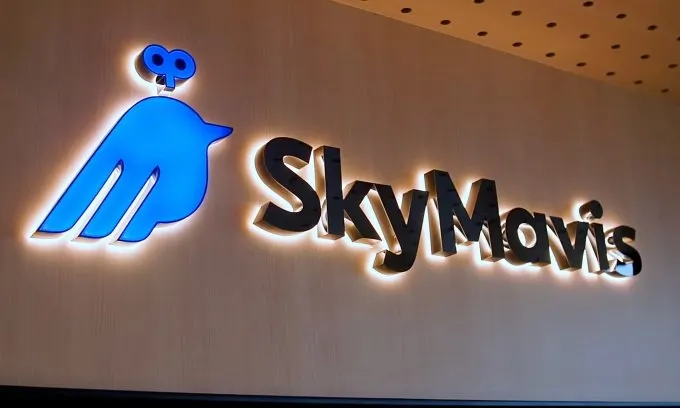Table of Contents
Sky Mavis, the blockchain-based gaming company behind Axie Infinity, has announced a workforce reduction of 21%, impacting approximately 50 employees out of its global team of 250.
At its peak, Axie Infinity boasted 2.7 million monthly users, but Sky Mavis' move comes in a post-pandemic environment where user interest in P2E has waned. Additionally, market pressures such as regulatory scrutiny and competition from traditional gaming studios exploring blockchain require a leaner, more adaptable operational structure.
The layoffs, revealed on Saturday, aim to streamline the company’s operations and refocus on core products and long-term objectives, according to co-founder Nguyen Thanh Trung, The Block reported.
Trung emphasized that the decision was not driven by financial constraints but by the need to prioritize strategic growth areas. Affected employees will receive severance packages and job placement assistance.
Founded in 2018, Sky Mavis gained prominence during the pandemic for pioneering the "play-to-earn" model through Axie Infinity. However, the company faced significant challenges, including the waning popularity of play-to-earn games and a $600 million hack of its Ronin blockchain in 2022. These events spurred a pivot toward a free-to-play model and a renewed focus on products like the Ronin Wallet, Ronin blockchain, and Axie Infinity 2.0.
Ronin, Sky Mavis’s proprietary blockchain, remains a cornerstone of its strategy. It powers not only Axie Infinity but also supports a growing range of decentralized applications and partnerships, such as the decentralized exchange Katana and integrations with other games. Recent developments like the Katana V3 upgrade and collaborations with third-party projects such as multiplayer deck-building game Fableborne suggest the company is doubling down on creating a robust, interoperable platform for blockchain gaming.
Sky Mavis said it remains committed to driving innovation within the blockchain gaming sector despite challenges. Trung expressed optimism about the company’s future, noting that this realignment positions the company to better achieve its mission of building a sustainable Web3 ecosystem.







